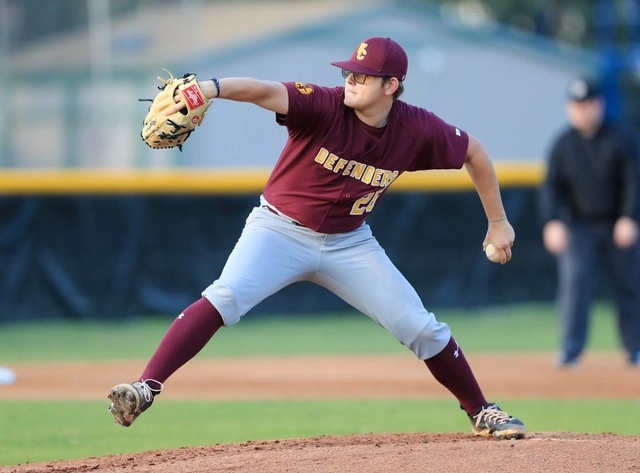Hypothesizing the causes of elbow injuries in baseball
By: T.K. Kawasaki
Elbow injuries have become increasingly common amongst baseball players ranging from MLB veterans to youth athletes. The injury rate of the elbow in the Major League Baseball players follows a similar trend to the increase in pitching velocity in the same time.
Is there a higher risk for injuries by throwing at higher velocities?
Correlation does not signify its causation, but we can hypothesize based on current research and science available. At various levels for all athletes, there is a risk to mechanical efficiency. The goal of improving throwing/pitching mechanics is to maximize the potential of your body to produce higher ball velocity and higher accuracy. By attempting to do so, athletes increase the stress placed on their bodies. Higher velocities = higher risk. To place this into car terms, a car going 5 miles per hour in a parking lot is less likely to sustain massive damage compared to one that is on the freeway going 80 miles per hour.
Does this mean that athletes should NOT improve their throwing mechanics?
This is not true at all! The most important takeaway is that baseball players must have a balanced approach to their development. If they are spending their resources on improving their mechanics, a similar level of attention must be placed on their performance. If we are going to drive a car as fast and as aggressive as possible, we should equip it with improved parts to
support the steering, braking, etc.
The Learning
The level of competition in baseball is rapidly rising with the prominence of early competitive play through travel ball. And in order to be competitive at an early age, baseball players begin working with pitching, hitting, and fielding coaches at an early age, as well. This overall phenomenon can all be categorized under the concept of early specialization. At Champion’s QUEST, we accept and invite early specialization whilst combating the effects of it by developing robust movement patterns and resiliency within our youth athletes.




